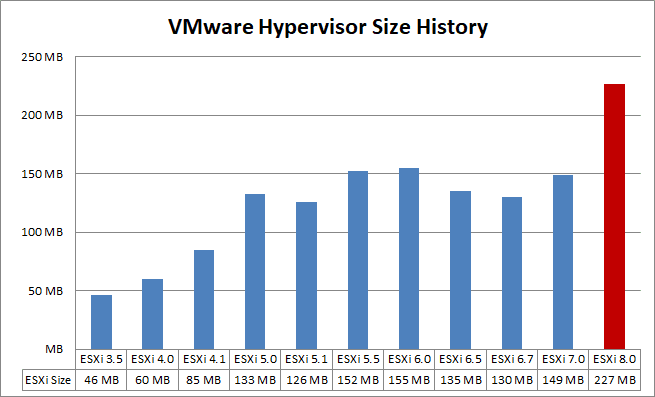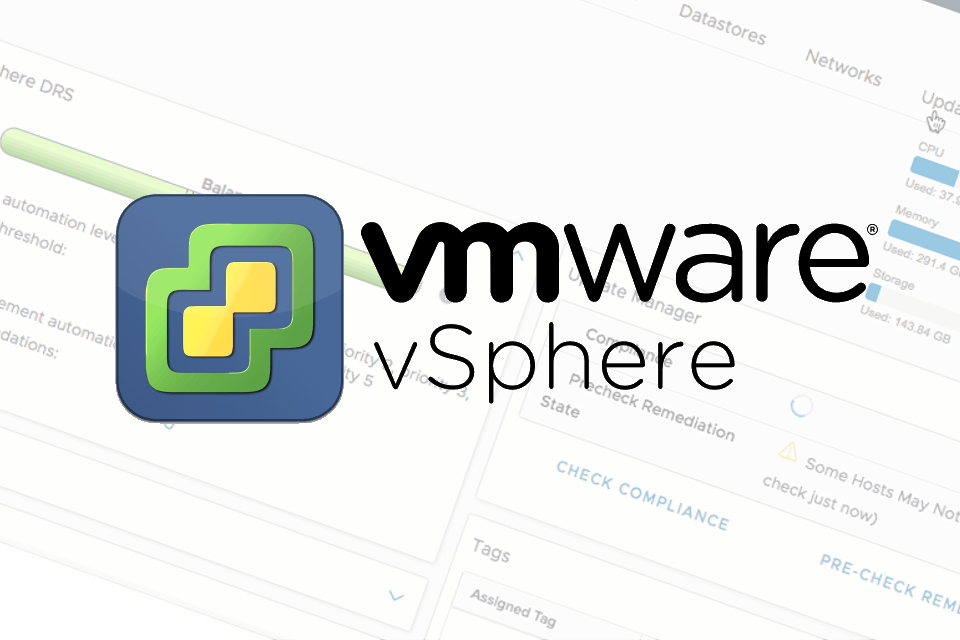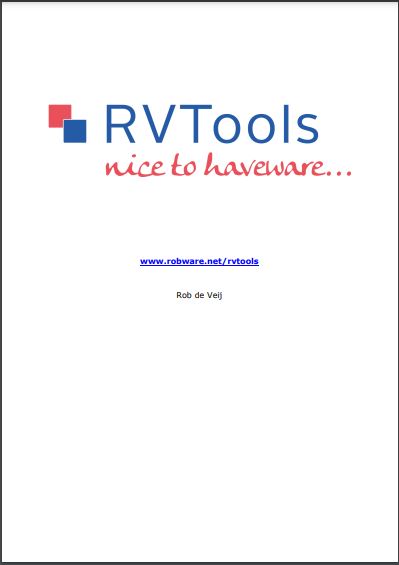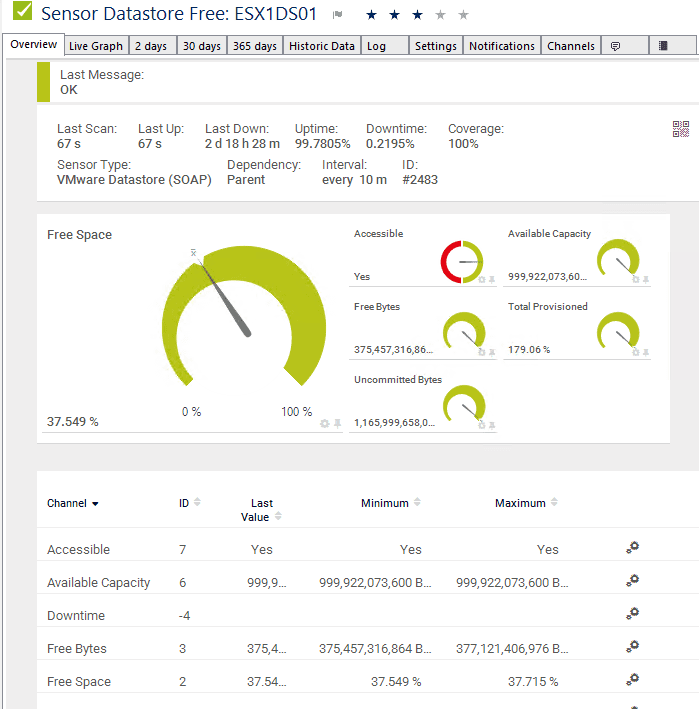
Archive for the ‘VMware vSphere 6’ Category
VMware vSphere Hypervisor (ESXi 3.5 – 8.0) – Hypervisor Size Comparison
Freitag, Januar 13th, 2023RVTools 4.1.3 – Free VMware best practices and health analyzer
Donnerstag, Mai 13th, 2021 RVTools – provides one of the easiest ways to get certain inventory information your VMware vSphere environment
RVTools – provides one of the easiest ways to get certain inventory information your VMware vSphere environment
VMware vSphere ESXi 6.x/7.x Hypervisor(s) – Ransomware operators are exploiting two vulnerabilities CVE-2019-5544 and CVE-2020-3992 to encrypt virtual hard disks
Dienstag, Februar 2nd, 2021![]() VMware vSphere ESXi 6.x/7.x Hypervisor(s) – both CVE-2019-5544 and CVE-2020-3992 vulnerabilities in VMware ESXi impact the Service Location Protocol (SLP) reside in the OpenSLP open-source implementation of the Service Location Protocol (SLP) which allows the software to locate resources on a network
VMware vSphere ESXi 6.x/7.x Hypervisor(s) – both CVE-2019-5544 and CVE-2020-3992 vulnerabilities in VMware ESXi impact the Service Location Protocol (SLP) reside in the OpenSLP open-source implementation of the Service Location Protocol (SLP) which allows the software to locate resources on a network
VMware Lifecycle Product Matrix – Supported Products, as of June 1, 2020
Freitag, Juni 12th, 2020VMware vSphere ESXi – host displays an error and fails to boot when two ESXi installations are on the same system
Donnerstag, Januar 23rd, 2020VMware Lifecycle Product Matrix – Supported Products, as of January 1, 2020
Samstag, Januar 4th, 2020VMware vSphere 6.0 – End of Life (EoL) coming March 12, 2020
Samstag, Januar 4th, 2020VMware Lifecycle Product Matrix – Supported Products, as of September 15, 2019
Montag, September 16th, 2019Disk Defragmentation best practice – are you looking for information on defragmentation of your vmsf datastores or defragmentation within the guest os
Sonntag, Juni 9th, 2019 The answer is NO defragmentation for both – defragmentation also generates more I/O to the disk. This could be more of a concern to customers than any possible performance improvement that might be gained from the defrag. I should point out that I have read that, internally at VMware, we have not observed any noticeable improvement in performance after a defragmentation of Guest OSes residing on SAN or NAS based datastores. I also want to highlight an additional scenario that uses an array based technology rather than a vSphere technology. If your storage array is capable of moving blocks of data between different storage tiers (SSD/SAS/SATA), e.g. EMC FAST, then defragmentation of the Guest OS doesn’t really make much sense. If your VM has been running for some time on tiered storage, then in all likelihood the array has already learnt where the hot-blocks are, and has relocated these onto the SSD. If you now go ahead and defrag, and move all of the VM’s blocks around again, the array is going to have to relearn where the hot-spots are
The answer is NO defragmentation for both – defragmentation also generates more I/O to the disk. This could be more of a concern to customers than any possible performance improvement that might be gained from the defrag. I should point out that I have read that, internally at VMware, we have not observed any noticeable improvement in performance after a defragmentation of Guest OSes residing on SAN or NAS based datastores. I also want to highlight an additional scenario that uses an array based technology rather than a vSphere technology. If your storage array is capable of moving blocks of data between different storage tiers (SSD/SAS/SATA), e.g. EMC FAST, then defragmentation of the Guest OS doesn’t really make much sense. If your VM has been running for some time on tiered storage, then in all likelihood the array has already learnt where the hot-blocks are, and has relocated these onto the SSD. If you now go ahead and defrag, and move all of the VM’s blocks around again, the array is going to have to relearn where the hot-spots are
VMware vSphere 6.7 Update 1 – contain an out of bounds read/write vulnerability and a Timeof check Time of use (TOCTOU) vulnerability in the virtual USB 1.1 Universal Host Controller Interface (UHCI)
Freitag, März 29th, 2019
VMware vSphere 6.x – Monitoring Lab or Production Environment with PRTG
Samstag, März 9th, 2019VMware ESXi Patch Tracker – support lifecycle
Samstag, Januar 26th, 2019VMware vSphere 6.x – how to add Intel X552/X557 10GBase-T driver VIB
Montag, Dezember 24th, 2018ESXi-Customizer-PS – is a Powershell script that greatly simplifies and automates the process of creating fully patched and customized ESXi 6.x installation ISOs using the VMware PowerCLI ImageBuilder module/snapin
Sonntag, Dezember 23rd, 2018VMware vSphere 6.x – virtual machine application runs slower than expected in ESXi
Dienstag, Dezember 4th, 2018 VMware vSphere 6.x – to increase the virtual machine application performance disable the power management
VMware vSphere 6.x – to increase the virtual machine application performance disable the power management





